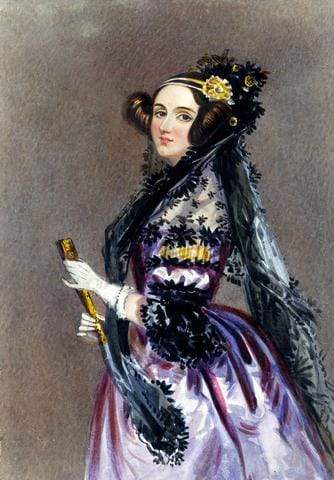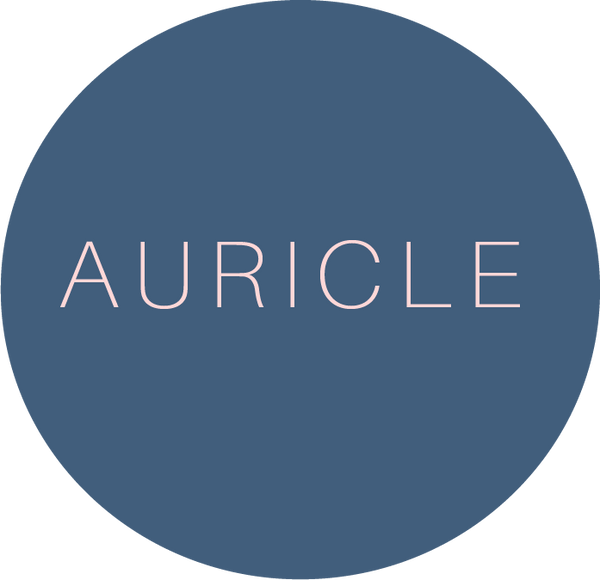
Ada Lovelace, born August Ada Byron, countess of Lovelace, in 1815 in London was the daughter of infamous writer and poet Lord Byron. Growing up as a member of British aristocracy, she had a comfortable life and was provided with a well-rounded education. However, in an unusual decision for a woman in the 1800s, Ada’s mother insisted on private tutors in mathematics and science for her daughter. One of her tutors was even Mary Somerville, a Scottish astronomer and mathematician and the first woman to be admitted to the Royal Astronomical Society. At the young age of 17, Ada was introduced to Charles Babbage, who in turn opened the door to allow her to study advanced mathematics and the University of London. Babbage, known as the father of computers, had invented the difference engine which would be able to execute mathematical calculations.
Ada became fascinated by this machine and was involved in Babbage’s next invention: the analytical engine, a machine that would be able to perform more complex calculations. When she was asked to translate an Italian article on Babbage’s machine, she not only completed the translation to English, but also added pages of additional notes. Her authorship was only noted by her initials A.A.B. The notes that she added would make her the first computer programmer. She hypothesised that the machine would be able to handle letters, symbols, as well as numbers. In addition, she put forward that repetitive actions could be programmed – today these are known as loops. Ada passed away at the age of 36. While she gained little support for her work during her lifetime, over the decades she has received more and more recognition for her significant contributions to computer science and the development of modern technology.


